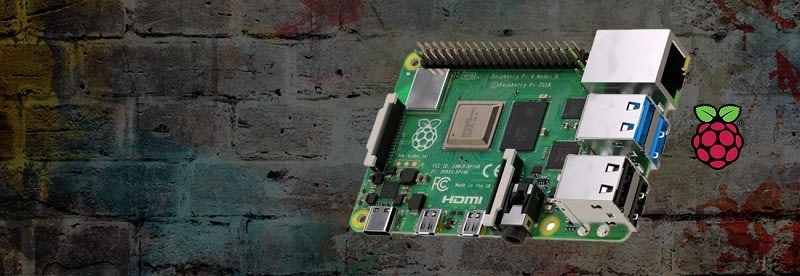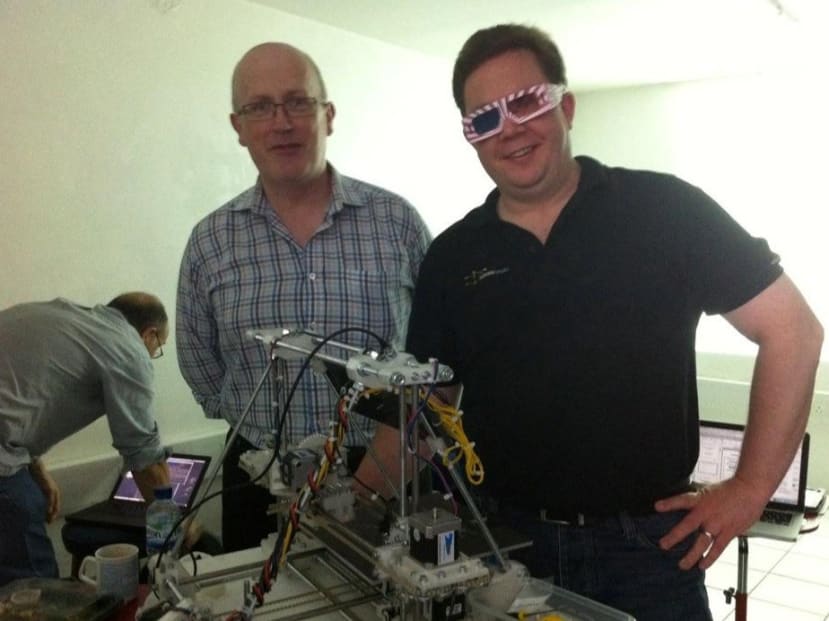10 Years of Innovation
Follow articleHow do you feel about this article? Help us to provide better content for you.
Thank you! Your feedback has been received.
There was a problem submitting your feedback, please try again later.
What do you think of this article?
DesignSpark is 10 years old, and this last decade has seen some of the most exciting innovations in history. Earlier this year, we looked back over a century to see how cutting-edge technology of the time is still affecting our modern world. However, the last 10 years has seen earth-changing innovations that will shape how we live in the future, and DesignSpark was there to witness them.
The 2010s – The Digital Decade
Although the internet as we know it has been with us for a quarter-century, this has been the decade in which the internet came of age. Increased capacity, combined with new ways to access the web, have increased our internet use out of all recognition.
As users, we now have access to tools to help us in pretty much any aspect of our lives. The phrase “there’s an app for that,” which was trademarked by Apple back in 2010, is now truer than ever before. There really is an app for pretty much anything nowadays, and as so many of us are using smartphones, apps are big news.
However, the most powerful innovations that have come from the growth of the internet are outside the consumer market. The industrial and professional worlds now use the internet in ways that rival some of my favourite science fiction writers. We now use terms like “the cloud” when talking about everyday computing, a term that was born in the last 10 years. The Internet of Things (IoT) was just a concept a decade ago and is now in common use in our homes and factories.
Whereas the internet was once a tool for people, the IoT allows machines to talk to each other. This information sharing has led to a completely new manufacturing environment with the name of Industry 4.0. The IoT is also enabling advances in the field of machine learning and artificial intelligence.
Back to Basics
I am guessing that most people who read DesignSpark have heard of Raspberry Pi. In case you’re not sure, Raspberry Pi is a postcard-sized device that can be used with a TV and a keyboard to create a low-cost computer.
Raspberry Pi was launched in 2012 and was created as a low-cost tool to allow students to learn about computing and programming. It is safe to say that Raspberry Pi has been on an incredible journey. As of the end of 2019, over 30 million of these little machines have been sold, and their popularity has far exceeded anyone’s expectations. Because of their small size and flexibility, they have found applications across industry and academia with engineers, scientists, and hobbyists. There is a thriving community of users and it has allowed an entire generation to become computer scientists.
In the early days of radio, young people would build a crystal radio set from an inexpensive kit. They needed no external power supply, relying on the radio signal itself to generate the sound. Back in the days when RS Components was still Radio Spares, the company sold these crystal radio sets, allowing thousands to be part of a growing
One of the things that I find most exciting about Raspberry Pi is that it taps into the same enterprising spirit as those old crystal radios. It gives the user the means to apply their skills to create something that works. I am sure that the old crystal radios inspired generations of young people to get involved in technology and engineering, and Raspberry Pi is doing the same for students today. Raspberry Pi is creating the engineering genius of the future. That’s worth celebrating.
Show Me the Connectors
This list would not be right without including a connector-related event. In contrast to other technologies, the connector industry moves slowly. As we’ve seen in previous articles, there are few truly revolutionary products in the world of connectors.
When a brand new connector is released, they tend to be big news. The 2010s saw the release of the USB Type C connector, designed to achieve what the old USB-A could not - to be the first truly universal connector. For the first time, there is one interface that provides a computer with power, data and video connections, and yet is small enough to be used in the latest hand-held technology.
I won’t go on too much about the USB-C – I know few people get as excited about connectors as I do – but it isn’t often that connectors get written about in the international press.
Happy Birthday DesignSpark
DesignSpark has been a big part of my professional life for much of the last decade, and I am proud that my tiny contribution has helped make it the fantastic resource that is it today. While there are plenty of websites and communities out there, I believe that DesignSpark is different.
Who's that handsome DesignSpark blogger on the right?
For 10 years, DesignSpark has been providing engineers with the tools to solve their problems. It has provided a friendly environment to ask questions and has hopefully raised a smile or two at the same time. Its members have created some of the craziest and coolest projects anywhere on the web, and I can’t wait to see what they will do in the next 10 years.




